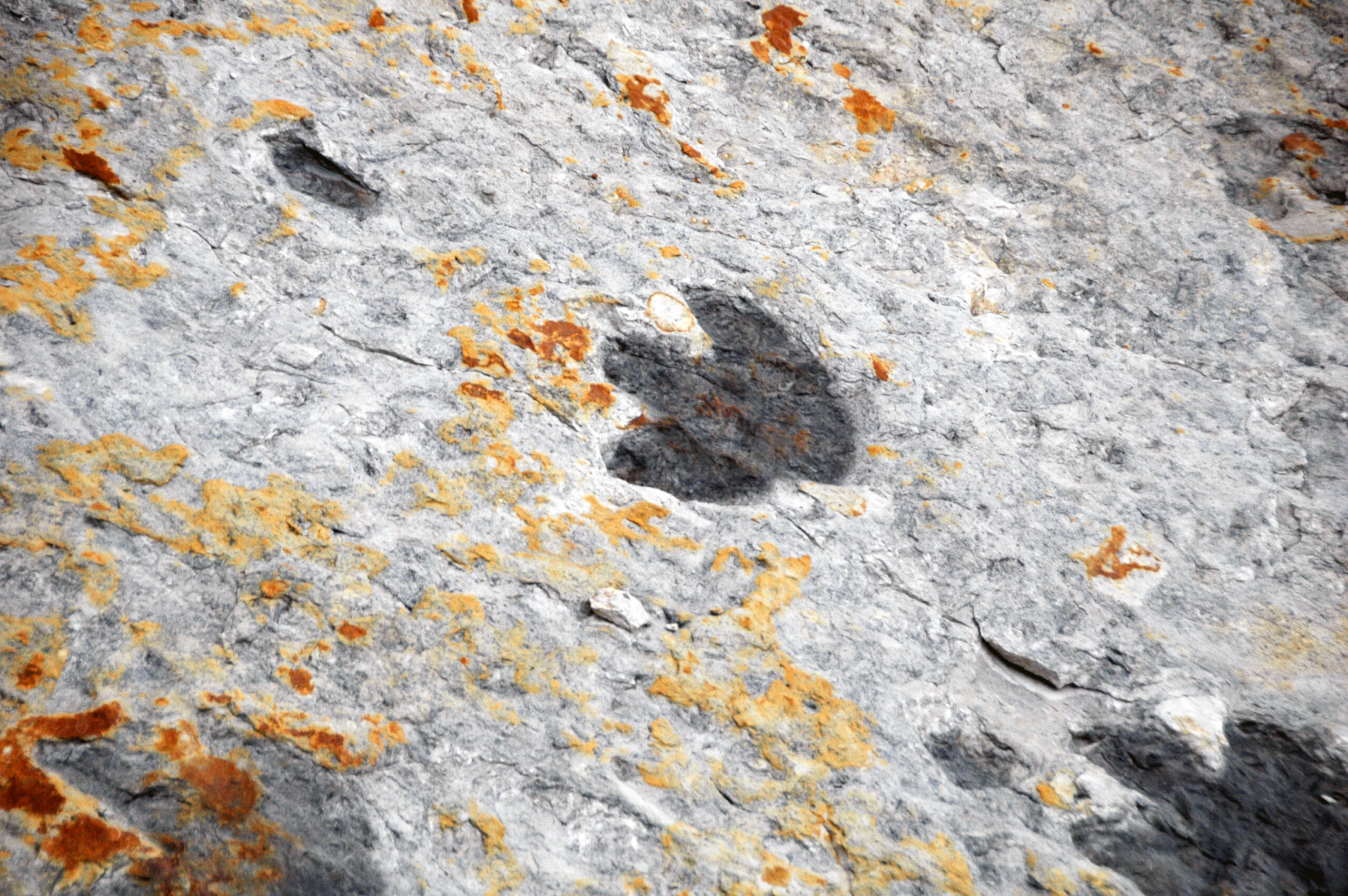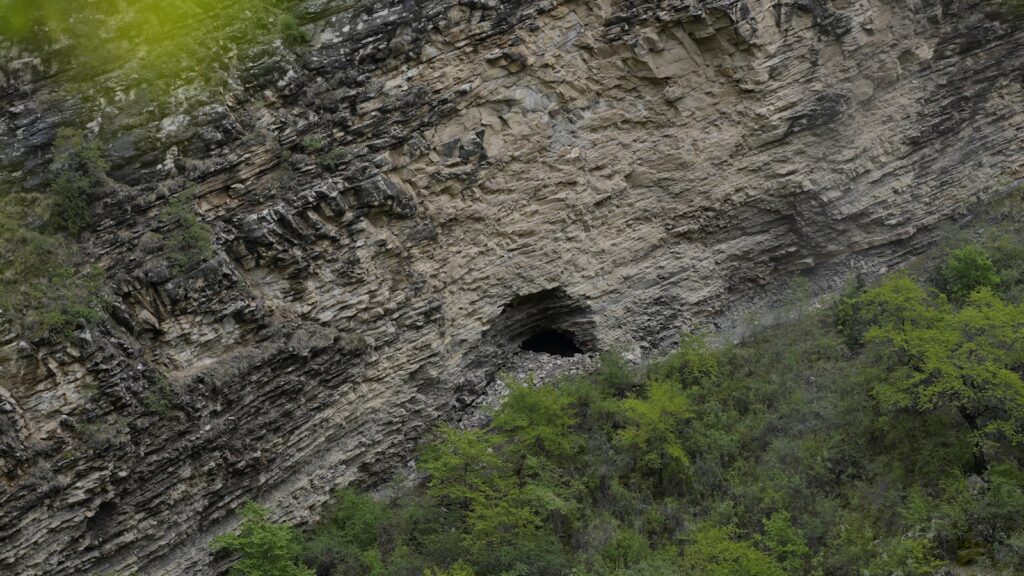Forget everything you think you know about dinosaurs. While most of us picture these ancient giants stomping through lush tropical forests or wading through swampy wetlands, the reality was far more diverse and surprising. Some dinosaurs actually lived underground, crafting intricate burrow systems that would make today’s prairie dogs jealous. These subterranean specialists challenge our Hollywood-inspired vision of prehistoric life and reveal just how adaptable these incredible creatures truly were.
The Underground Revolution in Paleontology
The discovery of burrowing dinosaurs sent shockwaves through the paleontological community in the early 2000s. Scientists had long assumed that dinosaurs were strictly surface dwellers, much like modern elephants or giraffes. This assumption crumbled when researchers began finding fossilized burrows with dinosaur remains inside them.
The evidence was undeniable – these weren’t just dinosaurs that happened to die in holes. The positioning of the fossils, the structure of the burrows, and the geological context all pointed to one remarkable conclusion: some dinosaurs had evolved to live underground. It was like finding out that whales once had legs, except this discovery was happening in real time.
Meet Oryctodromeus: The Pioneer Digger

The star of this underground story is Oryctodromeus cubicularis, whose name literally means “digging runner of the lair.” This small dinosaur, about the size of a medium dog, lived approximately 95 million years ago in what is now Montana. Unlike its forest-dwelling cousins, Oryctodromeus had powerful forelimbs and a reinforced snout – perfect tools for excavation.
The first specimen was discovered in 2007, found curled up in its fossilized burrow alongside two juveniles. The adult was positioned protectively over the young ones, suggesting these creatures had complex social behaviors centered around their underground homes. It’s a touching scene that shows parental care extending into the depths of the earth.
The Anatomy of a Digging Machine
Evolution crafted Oryctodromeus with remarkable precision for its subterranean lifestyle. Its forelimbs were unusually robust for a small dinosaur, with enlarged muscle attachment sites that indicate powerful digging capabilities. The shoulder blades were modified to provide better leverage when scraping through soil and rock.
The snout of Oryctodromeus was another marvel of engineering. Reinforced with extra bone and equipped with a slightly downturned tip, it served as both a shovel and a probe. The creature’s compact body design minimized energy expenditure while moving through tight underground spaces. Think of it as nature’s version of a Swiss Army knife, perfectly adapted for underground living.
Even the hip structure was modified, with a more flexible pelvis that allowed for the twisting and turning necessary in cramped burrow systems. Every bone tells the story of millions of years of evolutionary refinement for this unique lifestyle.
Burrow Architecture: Ancient Underground Cities
The burrows created by Oryctodromeus weren’t simple holes in the ground. These were sophisticated tunnel systems that demonstrated remarkable engineering skills. The main tunnel typically descended at a steep angle before leveling off into a wider chamber where the dinosaur and its young would rest.
Some burrows stretched over six feet in length and were perfectly sized for the dinosaur’s body dimensions. The walls were smooth and carefully maintained, suggesting these weren’t temporary shelters but permanent homes. The entrance was often concealed and strategically positioned to avoid detection by predators.
These underground structures provided protection from both predators and extreme weather conditions. During harsh seasons or dangerous periods, an entire family could retreat to the safety of their subterranean fortress.
Why Go Underground: Survival Strategies

The decision to live underground wasn’t random – it was a brilliant survival strategy. The Late Cretaceous period was filled with massive predators like Tyrannosaurus rex and various large crocodilians. For a small dinosaur weighing only about 50 pounds, staying above ground was like wearing a “free lunch” sign.
Underground living also provided temperature regulation in an era of climate extremes. While surface temperatures could fluctuate dramatically, the earth’s subsurface remained relatively stable. This thermal buffer zone allowed these dinosaurs to conserve energy that would otherwise be spent on temperature regulation.
Additionally, burrows offered protection for vulnerable young. Baby dinosaurs could develop in safety while parents ventured out to forage, similar to how modern rabbits raise their offspring in warrens.
The Great Habitat Misconception
Popular culture has painted dinosaurs as exclusively jungle and swamp dwellers, but this couldn’t be further from the truth. The environments of the Mesozoic Era were incredibly diverse, ranging from arid deserts to temperate forests to coastal plains. Dinosaurs adapted to virtually every available ecological niche.
Oryctodromeus lived in what was essentially an ancient floodplain with seasonal dry periods. This semi-arid environment was nothing like the steamy jungles we see in movies. Instead, it was more similar to modern-day Montana or Wyoming – open landscapes with scattered vegetation and unpredictable weather patterns.
The discovery of burrowing dinosaurs has forced scientists to reconsider dinosaur habitats entirely. It’s become clear that these ancient animals were far more versatile and adaptable than previously imagined.
Other Underground Dwellers: Beyond Oryctodromeus
While Oryctodromeus remains the most famous burrowing dinosaur, it wasn’t alone in its subterranean lifestyle. Several other species have been discovered with similar adaptations, suggesting that underground living evolved multiple times during the dinosaur era.
Small ornithopods from various continents show signs of digging adaptations, including reinforced snouts and powerful forelimbs. Some researchers believe that burrowing behavior might have been more common among small dinosaurs than fossil evidence currently suggests.
The challenge lies in preservation – burrows are difficult to fossilize intact, and many underground-dwelling species might have left little trace of their existence. We’re likely seeing just the tip of the iceberg when it comes to dinosaur diversity and behavioral complexity.
Modern Parallels: Learning from Today’s Diggers
To understand how dinosaur burrowing worked, scientists study modern animals with similar lifestyles. Prairie dogs, ground squirrels, and wombats all create complex burrow systems that share surprising similarities with fossil dinosaur tunnels.
These modern diggers show us how underground communities function, from ventilation systems to nursery chambers to emergency exits. Many of these features appear in dinosaur burrows as well, suggesting that successful underground living follows certain universal principles.
The social structures of modern burrowing animals also provide insights into dinosaur behavior. Many diggers today live in family groups with cooperative child-rearing – exactly what the Oryctodromeus fossil evidence suggests.
Fossilization Challenges and Detective Work
Finding and interpreting burrowing dinosaur fossils requires exceptional detective skills. Unlike bones scattered on ancient lake beds, burrow fossils must be excavated with extreme care to preserve the three-dimensional structure of the tunnels.
The process often involves creating plaster casts of entire burrow systems before any bones are removed. This allows scientists to study the architecture and determine whether the dinosaur actually dug the burrow or simply died in an existing hole.
Chemical analysis of surrounding sediments helps confirm the age and formation process of these underground structures. It’s painstaking work that requires patience and precision, but the results revolutionize our understanding of dinosaur behavior.
Climate Connections: Underground as Climate Control
The Late Cretaceous period experienced significant climate fluctuations, including periods of extreme heat and seasonal droughts. For small dinosaurs, these conditions posed serious survival challenges that burrowing could help solve.
Underground temperatures remain relatively constant year-round, typically staying within a few degrees of the annual average surface temperature. This natural climate control would have been invaluable during periods of environmental stress.
Some researchers suggest that burrowing dinosaurs might have been better equipped to survive the climate changes that contributed to the end-Cretaceous extinction event. While this remains speculative, it highlights how behavioral adaptations can influence survival during crisis periods.
Social Life in the Dark: Family Structures Underground
The discovery of adult and juvenile Oryctodromeus together in the same burrow reveals fascinating insights into dinosaur social behavior. The protective positioning of the adult over the young suggests strong parental care that extended well beyond hatching.
This challenges earlier assumptions about dinosaur parenting, which were largely based on nest sites and egg arrangements. The burrow evidence shows that some dinosaurs maintained close family bonds and shared living spaces for extended periods.
The size variations in different burrows also suggest that these underground homes were customized for specific family sizes and developmental stages. It’s a level of behavioral sophistication that rivals many modern mammals.
Predator-Prey Dynamics: The Underground Advantage
Living underground fundamentally changed the predator-prey relationships of the Late Cretaceous ecosystem. Large predators that dominated the surface world were suddenly irrelevant to small burrowing dinosaurs tucked safely below ground.
This created a parallel ecosystem where different rules applied. Underground dwellers could emerge to forage when surface conditions were safest, then disappear at the first sign of danger. It was an evolutionary game of hide-and-seek played on a massive scale.
The success of this strategy is evident in the fossil record – burrowing dinosaurs appear to have maintained stable populations even in environments dominated by fearsome predators. Sometimes the best defense isn’t bigger teeth or thicker armor, but simply being somewhere else entirely.
Evolutionary Implications: A New Branch on the Tree
The discovery of burrowing dinosaurs has added entirely new branches to the dinosaur family tree and forced revisions to evolutionary relationships. These underground specialists represent convergent evolution at its finest – similar solutions to environmental challenges arising independently.
The modifications required for successful burrowing – reinforced skulls, powerful forelimbs, compact body plans – appeared multiple times in different dinosaur lineages. This suggests that the underground niche was both available and attractive throughout much of dinosaur evolution.
Some scientists speculate that burrowing behavior might have been one of the factors that allowed certain dinosaur lineages to survive the end-Cretaceous extinction and eventually evolve into modern birds. While the evidence is still developing, it’s an intriguing possibility that connects ancient underground dwellers to today’s avian world.
Technology Reveals Ancient Secrets
Modern technology has revolutionized how scientists study burrowing dinosaurs. CT scanning allows researchers to peer inside fossilized burrows without damaging them, revealing details about tunnel construction and the positioning of inhabitants.
3D modeling software helps reconstruct entire burrow systems from fragmentary remains, showing how these underground networks functioned as integrated living spaces. Ground-penetrating radar can even locate potential burrow sites before excavation begins.
These technological advances mean that our understanding of burrowing dinosaurs continues to evolve rapidly. Each new discovery adds pieces to a puzzle that’s revealing an increasingly complex picture of Mesozoic underground life.
The world of dinosaurs was far richer and more diverse than Hollywood ever imagined. These underground pioneers prove that survival often depends not on being the biggest or strongest, but on being smart enough to find an entirely different way of living. The next time you see a prairie dog disappearing into its burrow, remember that it’s following a strategy perfected by dinosaurs over 95 million years ago. What other secrets might be hiding beneath our feet, waiting to rewrite the story of life on Earth?



